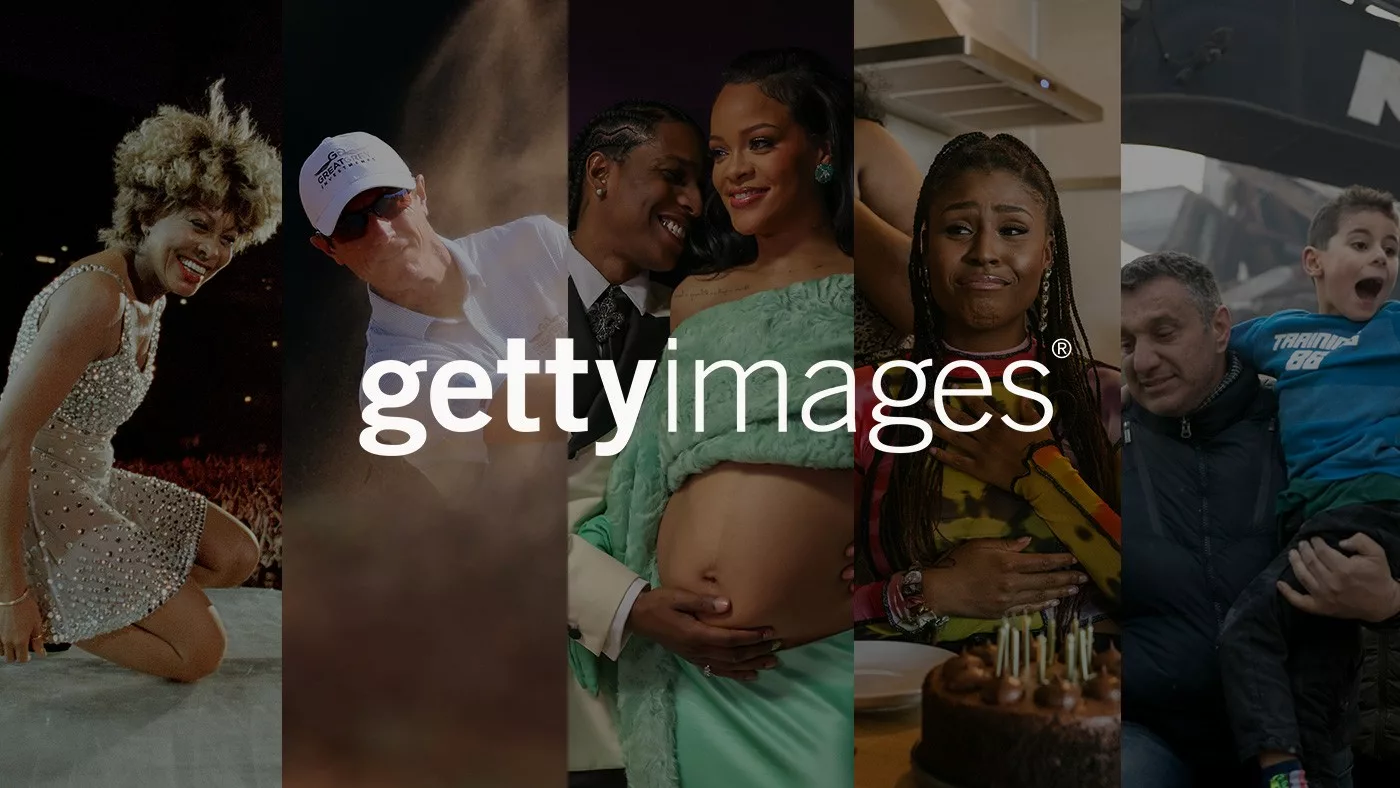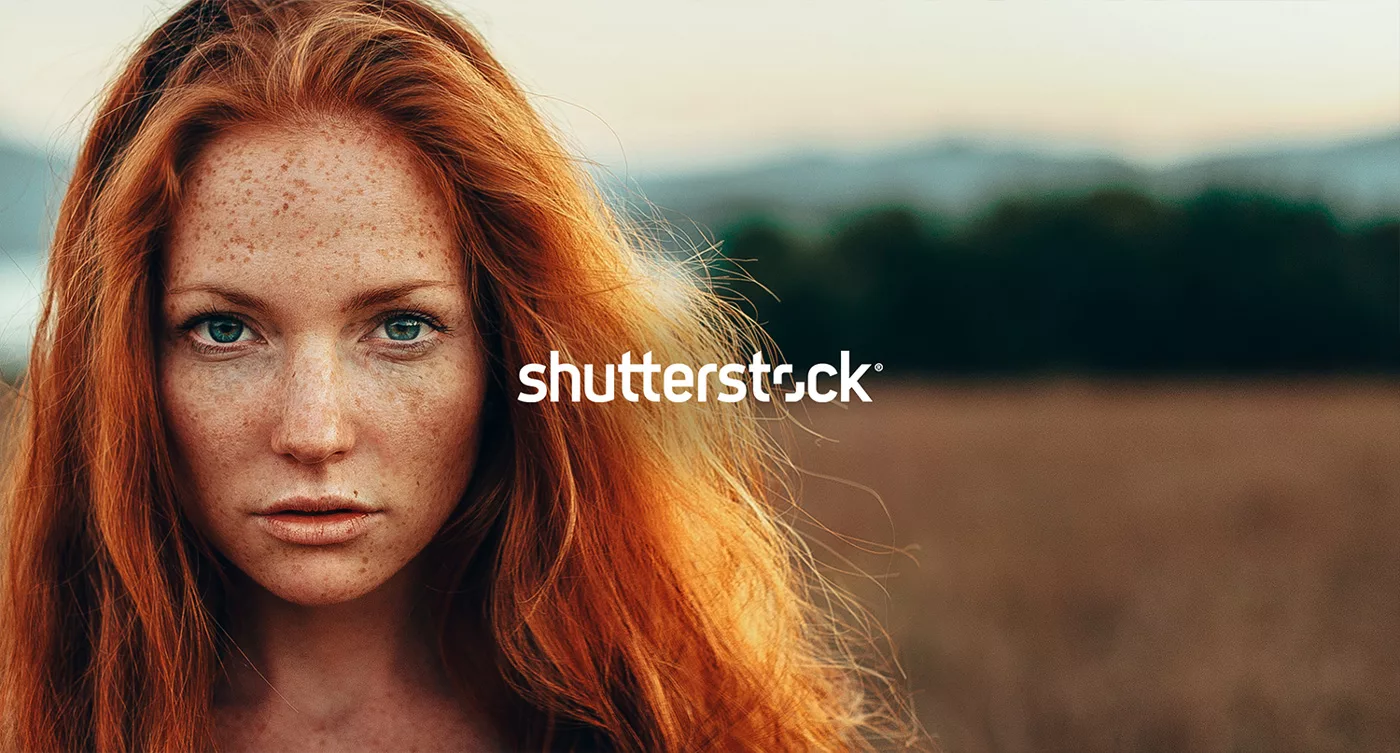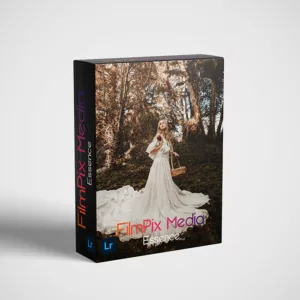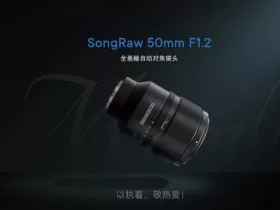Getty Images, nearly three decades old, began its journey in 1995, founded by Mark Getty and Jonathan Klein. The company gained momentum in 1997 after merging with PhotoDisc, eventually becoming one of the largest stock media archives globally. Over the years, Getty acquired significant media libraries, including iStock, and shifted its focus to royalty-free content in 2020, moving away from rights-exclusive offerings. The company is also well-known for its event coverage, including major awards shows.
Shutterstock entered the scene in 2003, offering stock images, video, music, and editing tools. It boasts a library of over 500 million media assets and expanded its reach by acquiring Pond5 in 2022. Initially known for its subscription-based services, Shutterstock later introduced licensing options for individual assets.
Details of the Merger
The two industry leaders have announced a $3.7 billion merger, which is set to form a new entity named Getty Images Holdings, Inc. Once finalized, this company will trade on the U.S. Stock Exchange under the ticker GETY. The merger aims to achieve annual cost synergies of $150 million to $200 million within three years.
The companies jointly stated that the merger will enhance their content library’s depth and breadth, benefitting customers while creating new opportunities for contributors. Getty’s CEO highlighted plans to expand event coverage, improve content offerings, and develop advanced technologies to serve customers better.

Why Merge Now?
The decision to combine forces comes in response to growing competition from companies like Storyblocks, which offer royalty-free content at lower prices. While Getty and Shutterstock maintain a reputation for higher-quality media, many filmmakers and editors opt for cost-effective alternatives if the quality meets their needs.
Adobe Stock has also emerged as a strong competitor, thanks to its seamless integration with Adobe’s creative tools, including Premiere Pro. Adobe’s acquisition of Fotolia and its generative AI tool, Firefly, further enhance its appeal. Additionally, platforms like Canva and the increasing use of generative AI contribute to the competitive landscape.

Impact on Filmmakers, Creators, and Contributors
Storyblocks’ CEO TJ Leonard raised concerns about the merger’s focus on cost savings, suggesting it might detract from customer-centric innovations. He also noted that smaller companies could capitalize on this gap by prioritizing customer needs and delivering quality media.
The merger’s impact on stock media pricing remains uncertain. A consolidated Getty could potentially dominate the market with its vast library and resources, but this might also open doors for smaller competitors to gain market share.
For contributors, Getty and Shutterstock promised expanded opportunities but offered few specifics. Leonard expressed concerns that consolidating platforms might reduce diversification and potentially affect royalty earnings, especially if fee structures change.
What’s Next?
The merger raises questions about the future of stock media. How will it influence pricing, contributor earnings, and the broader market? If you rely on stock media or contribute to these platforms, share your thoughts in the comments. This merger could reshape the industry—for better or worse.
















Leave a Reply